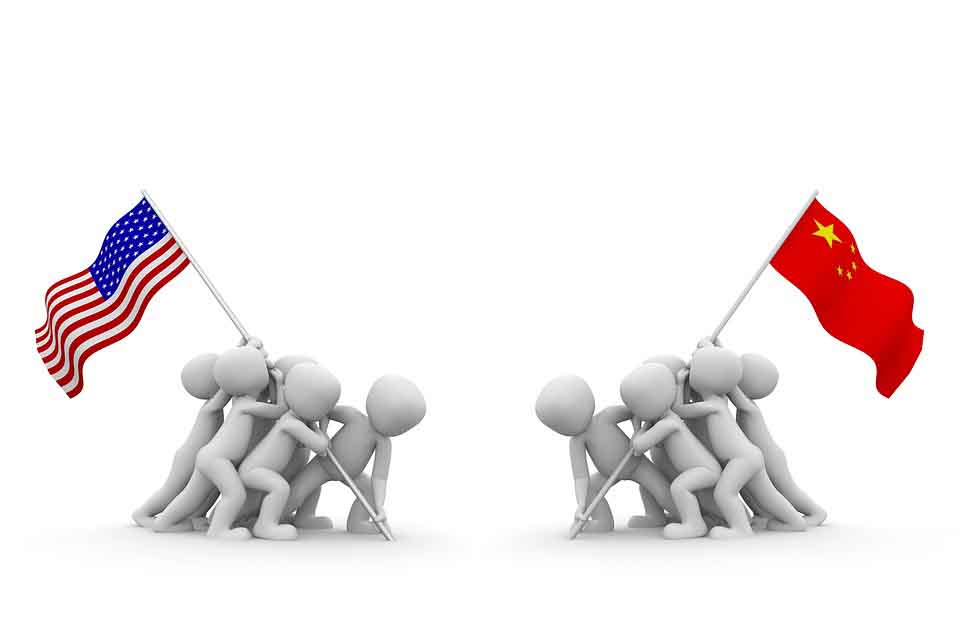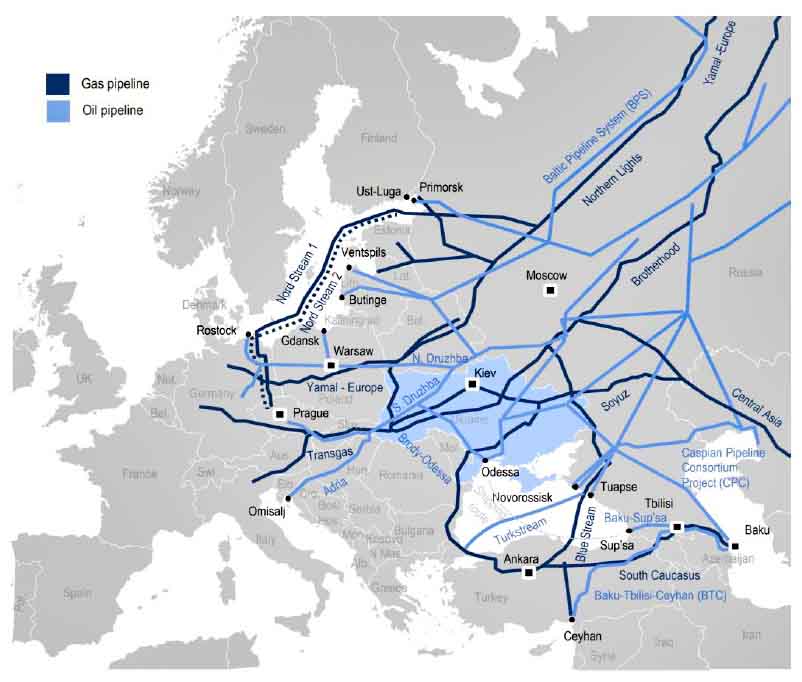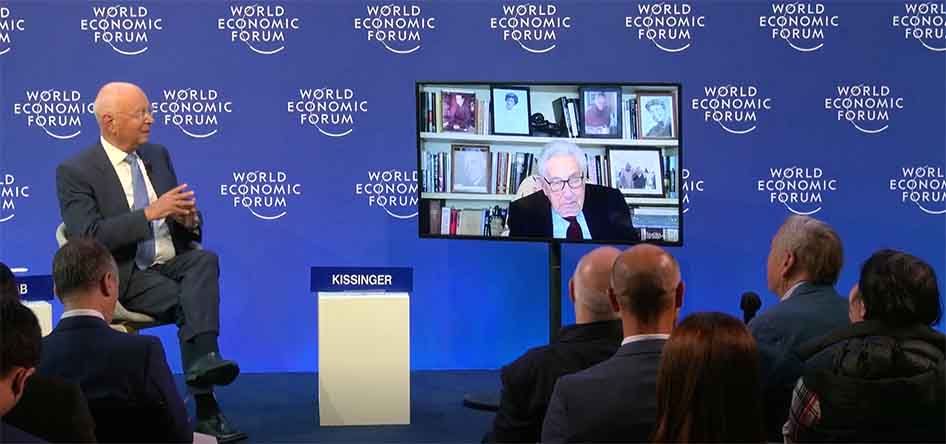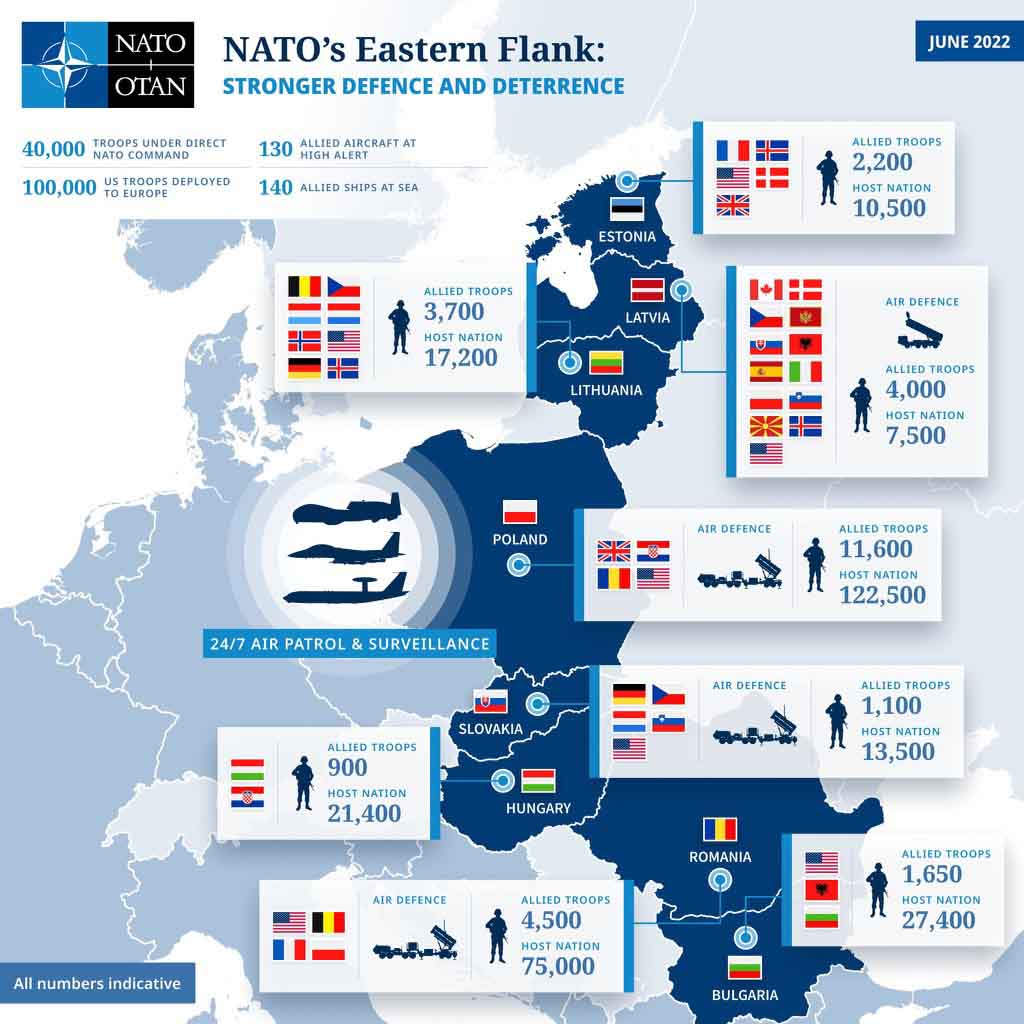The threat of China’s political, military, and economic power continues to grow, rapidly moving toward existentially dangerous levels. In comparing the Gross Domestic Product (GDP) and the Purchasing Power Parity (PPP) between the United States and China, the increasing magnitude of the communist country’s threat is clear.

China vs USA (Source: Pixabay)
GDP (PPP) provides a reliable measure of any country’s economic size because it does not just measure nominal GDP, but what that GDP buys in terms of real goods like wheat, steel, and ships. The larger an economy and the cheaper its prices, the more economic power a country has at its disposal to address strategic needs.
In 2014, China surpassed the U.S. in GDP PPP, and the growth trajectory displays an inverse relationship between China’s economy and that of the United States. China has cannibalized America’s economy over the years by absorbing our manufacturing capability and stealing our intellectual property. Today, China commits as much as $600 billion annually in intellectual property theft from the United States alone. The trend shows that unless something changes, China’s economic power, global political influence, and military threat will continue increasing, even as the U.S. declines.
Elon Musk’s sentiments regarding China’s growth patterns mirror the future trend. Mr. Musk predicted that China’s economy would surpass the U.S. economy by two or three times.
China’s increased spending power has been the catalyst for surpassing the U.S. in a number of areas. China has spent the past decades building its naval forces and now has more ships than any other navy in the world. The country’s growing space program is on the same trajectory as its naval forces, with a five-year plan to develop and scale its space transportation options, launch exploration missions, and enhance innovation used in space travel. In 2021 alone, China had 53 successful rocket launches into space, surpassing America’s 48 successful rocket launches.
Quantum computing is another technical frontier where countries compete for power, and in 2021, China sped ahead with its light-based Jiuzhang 2 processor. Similarly, the country has surpassed the U.S. in the 5G race for higher telecommunications speed and capacity. Moreover, China has moved ahead of the United States in its AI-related patents and appears to exceed the U.S. in quantum applications in the fields of super-computing, encryption, and satellite communications. The full scope of China’s growing technical prowess will increasingly compound, critically affecting the U.S.-China balance of power, both economically and militarily.
The amount of money China invests in research and development is significantly more as a percent of GDP than what the U.S. invests, and more than double in absolute terms. The country has also produced more refined cobalt, and the batteries into which it typically goes for electric vehicles, than most other countries combined. Cobalt production and battery manufacture will help the country dominate the electric car market.
Currently China is the world leader in drones, with a single Chinese company, DJI, controlling 76 percent of sales volumes compared to Intel’s approximately four percent.
China also has the largest film market, giving it massive influence over what is included, and not, in not only films in China, but those in the United States. Furthermore, the country holds a near monopoly on freight container production, which gives Beijing a stranglehold on the global supply chain.
China’s strong military has developed the hypersonic missile, a technology that has only recently been tested by the U.S. and in which China leads. Its satellite killer program can attack the International Space Station, as well as America’s furthest-from-earth military satellites.
All of China’s military and technological successes are made possible by its powerful economy.
For a practical perspective and application of the way China projects its newfound economic power, one only needs to review the April 2022 security agreement between China and the Solomon Islands. This agreement will open the door to Chinese troops and naval warships flowing into a Pacific Island nation that played a pivotal role in World War II.
I have been watching China’s ascension in political, economic, and military dealings and understand the importance of vigilance from the western world. The situation is already so dire that the stunning growth of China’s military strength means the United States can no longer adequately address the threat by itself.
“If it’s the United States only, it’s going to be problematic in five years. But if it’s the United States and our allies, I think we can be good for awhile,” said the outgoing Vice Chairman of the Joint Chiefs of Staff, General John Hyten, as featured by CNN.
So how does the U.S. reverse its decline and meet the impending threat brought by China’s continued and growing presence? The country must swiftly organize and mobilize the rest of the free world to impose sanctions and take economic steps similar to our response to Russia. We need a smart approach to taking action, but the measures we take must be taken soon. As China grows stronger and America weakens, it becomes ever more difficult to reverse the trend and ensure the future of democracy.
Left unchecked, the free world will gradually and painfully weaken until China is too strong to be contained. Freedom will wane and our democracy will succumb to the hegemony that China seeks. Thus, action is our best option.








